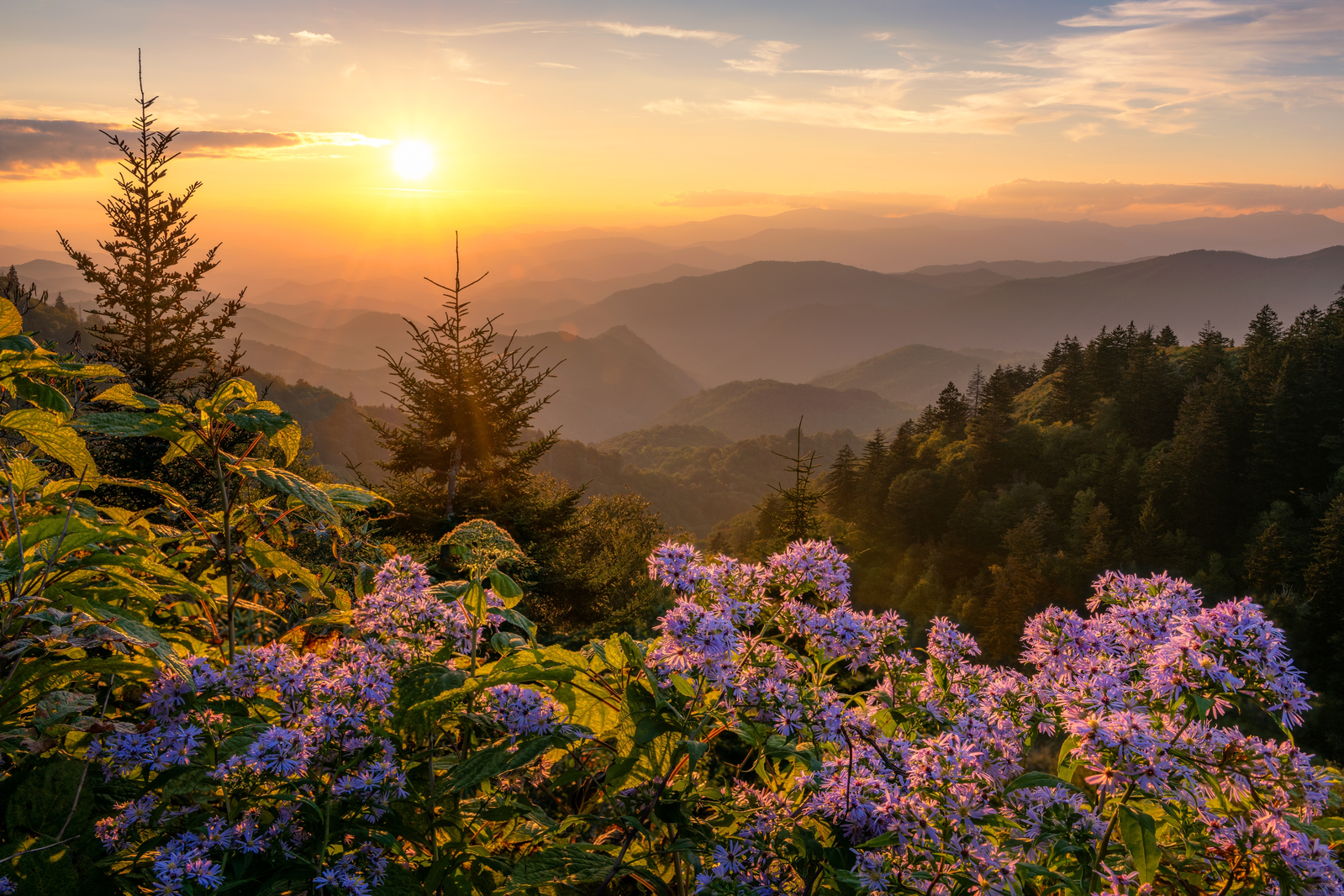In a series of classic public service announcements, Smokey the Bear told viewers, “Only You Can Prevent Forest Fires.” While Smokey still remains a popular mascot, today’s National Park Service has a more nuanced stance on forest fires. These days, experts agree that controlled fires and some naturally occurring forest fires can actually benefit national parks. Read on for a closer look at how fires help preserve Smoky Mountain scenery.

Why Smokey the Bear Needed an Update
According to an article in The Daily Times, from 1934 until the mid 1990s, all forest fires in the Smokies were put out as quickly as possible. The National Park Service was still in the mindset that any fire in the park would do significant damage to the area’s plantlife and wildlife.
In the 1970s, however, scientists started to notice that keeping the Great Smoky Mountains National Park completely fire free was having some unintended consequences. Much like rainfall, fire is actually a natural and important part of an ecosystem’s environmental cycle.
There are at least 12 native species of plants and animals in the Smokies that benefit from routine fires. For instance, the Table Mountain pine depends on the powerful heat of ground fires to open its sealed cones, which is how the tree spreads its seeds. Without periodic fires, the Table Mountain pine and other species would disappear from the park.
This new insight into fire ecology actually prompted a shift in Smokey the Bear’s slogan. In 2001, Smokey’s message changed from “Only You Can Prevent Forest Fires” to “Only You Can Prevent Wildfires.” The swapping of “forest fires” with “wildfires” was supposed to distinguish between harmful fires and fires that benefit the environment.
(See Also: Great Smoky Mountains National Park Breaks Record Number of Visitors)

Controlled Burns in the National Park
One way that the National Park Service uses fire to preserve Smoky Mountain scenery is with controlled burns. Each year, about 1,500 to 2,000 acres of park land are intentionally set ablaze by NPS firefighters.
Cades Cove is one area that benefits greatly from carefully managed fires. This March, the Appalachian Piedmont Zone fire staff burned four fields (502 acres) between Sparks Lane and the Cable Mill Visitor Center. Fires are necessary for keeping the forest from encroaching on Cades Cove’s wide open fields. Other benefits of regular controlled burns include thinning extoic plant species, improving habitats for wildlife, and reducing the amount of fuel for an unplanned fire. Controlled burns need to be meticulously organized, with most of them planned a year in advance.
Naturally Occurring Forest Fires

In addition to controlled burns, the National Park Service also allows some naturally occurring firesto run their course. On average, there are two lightning-ignited forest forest fires in the national park each year, typically in May or June. If the fire is near a front-country facility or may endanger human lives or property, it is immediately suppressed. However, if the fire starts in a remote area in the backcountry, the park’s firefighters will monitor the blaze very closely as it burns. Deciding when to intervene can be a tall task, but we’re lucky to have the best National Park Service employees in the country protecting our Smoky Mountain scenery!
To learn more about the Smokies, check out our Great Smoky Mountains National Park page!

















